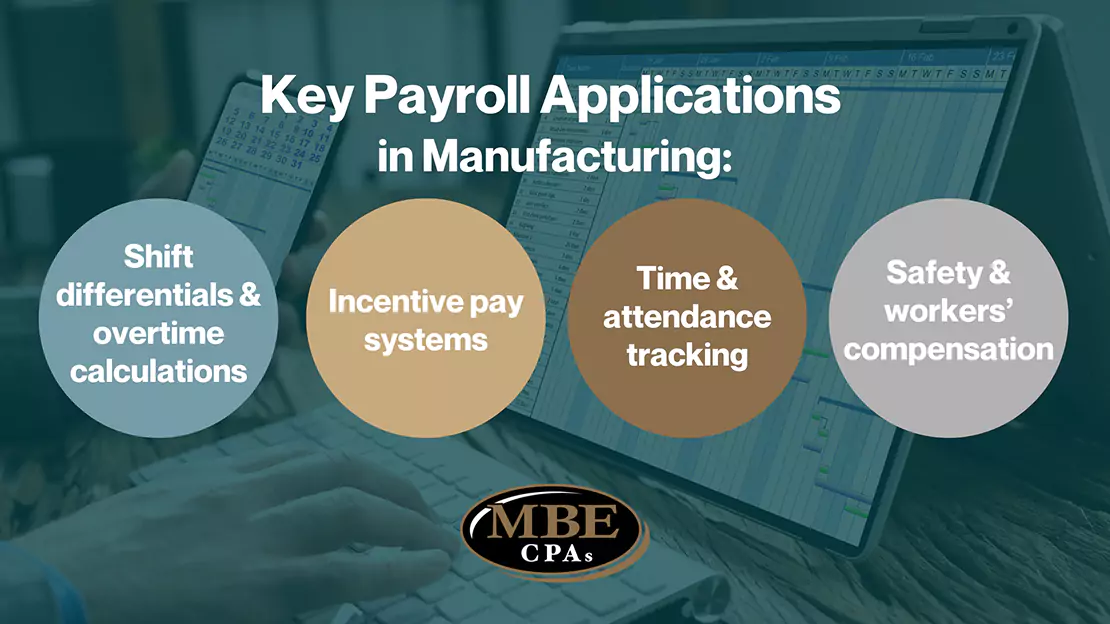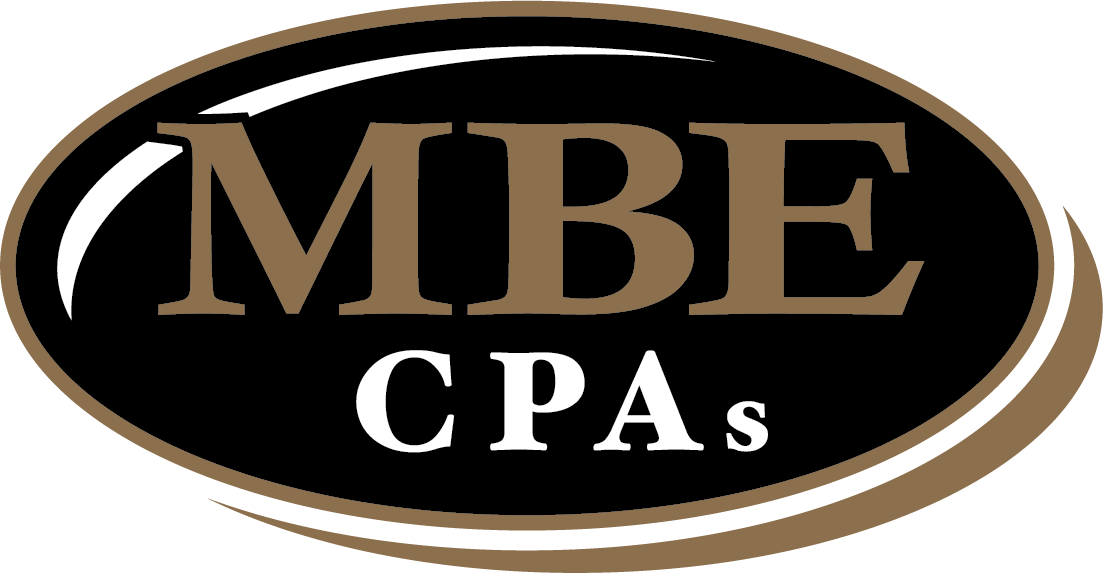Strengthen Your Payroll Before It’s Too Late

Authored by: Glen Erdman — Director, EA | Date Published: October 6, 2025
From tariff uncertainties to a decline in consumer confidence, jobs in the manufacturing industry have decreased by 78,000 since early 2025. Every employee departure hits twice: your skills and experience are walking out the door, plus you face the costly scramble to replace them in an increasingly competitive talent market.
Your best employees aren’t leaving for dramatically higher wages, but for better-structured compensation that gives them predictability, recognition, and growth opportunities. Strategizing payroll in your business can help track down the talent that seems to be decreasing day by day.
Is your payroll strategy the loose thread in your company design?
Featured Topics:
What’s Happening in Manufacturing?
The blue-collar renaissance that was promised has actually turned into a recession. The goods side of the economy is facing challenge after challenge.
- Increased costs for input, leading to increased costs for consumers
- Supply chain disruptions from international logistics
- Job losses and labor shortages that impact workforce capacity
An industry trend to combat these issues is localizing supply chains and sourcing them closer to home. This creates opportunities for local suppliers and increases the resilience of the supply chain, but still raises the question of where this talent is coming from.
After experiencing four consecutive months of job losses, it’s time for forward-thinking manufacturers to think creatively. How can you design your workplace environment to retain the talent you desperately need?
Manufacturing increasingly requires specialized skills, which means payroll systems must accommodate complex pay structures that reward certifications, safety records, production quality metrics, and continuous improvement contributions.
Once the uncertainty in the international trading market is resolved, the industry may see an increase in hiring.
So, how do strategic payroll systems benefit manufacturers?
Opportunities in Manufacturing’s Job Market Shift
Your highly skilled employee just gave her two weeks’ notice, saying that her new job has predictable scheduling, paid sick days, and bonuses for covering extra shifts.
This scene is played in companies across the country every day. The difference between businesses that retain talent and those that frequently see turnover isn’t always starting wage, but your payroll design.
Here’s the connection between payroll and manufacturing:
- Enhanced Data Analytics: Track industry wage trends to ensure competitive compensation without overpaying, calculating the ROI of employee retention vs. recruitment costs.
- Improved Talent Targeting: Identify skill gaps in your market and develop training programs to create internal talent.
- Tactical Workforce Planning: Analyze productivity metrics to optimize shift patterns and reduce overtime.
Outsourcing your payroll systems isn’t just about having someone else process your paychecks. Growing payroll companies are investing heavily in predictive analytics and planning capabilities. When manufacturers integrate with these systems, they gain the ability to forecast labor needs, optimize scheduling, and make data-driven decisions about expansion and capacity planning.
Small and medium-sized manufacturers often make the mistake of treating payroll as a commodity service. They choose providers based on price rather than unique value creation, missing opportunities to gain the insights needed to compete effectively for limited talent.

How Can I Utilize Payroll Data in My Business?
Thoughtful payroll design can transform your biggest expense, labor costs, into your strongest retention tool. Consider how payroll data could impact your business with a real-world example.
An Automotive Facility Owner
You operate a mid-sized manufacturing facility, and you want to expand your automotive components production capacity to meet growing demand. However, your goal is being roadblocked by managing multiple production lines and tracking the overtime patterns throughout your company. On top of that, payroll is becoming more complex with hazard pay, certification bonuses, and compliance with union agreements. Hours of your time are being consumed, employee satisfaction errors are rising, and you fear that you’ll soon be dealing with turnover of your skilled machinists.
After receiving specialized management, your processing time was drastically reduced, you eliminated almost all payroll errors, and you automated compliance reporting across multiple shift schedules and pay grades.
Ongoing impacts:
- You expanded to a second facility by analyzing wage competitiveness data, which helped you attract skilled workers and achieve 67% lower turnover rates of your vital machinist roles.
- Labor cost analysis revealed which production shifts were more efficient, leading to better workforce allocation and increased productivity.
- Used payroll data to demonstrate safety performance improvements to insurance providers, securing reduced workers’ compensation premiums and saving your business thousands of dollars.
The Advantage of Integrated Accounting and Payroll
When you synchronize data from your bookkeeping and your payroll, every transaction tells a story.
Here’s what you wouldn’t achieve without integrated accounting and payroll:
- Directly connecting labor costs to profitability analysis.
- Revealing operational inefficiencies with overtime patterns.
- Identifying opportunities to improve profitability while retaining talent, using manufacturing-specific financial analysis.
What you can do now:
- Design a Payroll Strategy: Identify the data gaps in your current process so that your new system supports flexible compensation structures. Establish baseline metrics for labor costs, productivity, and turnover.
- What this looks like: Integrated payroll shows that one department’s safety bonus reduces workers’ comp claims while another’s cross-training incentives cut overtime costs. Discover how you can replicate successful compensation models across all departments.
- Adopt Recruitment Systems: Deploy ATS solutions that can identify and engage candidates with transferable skills from other growing sectors. Create predictive budgeting models for workforce planning.
- What this looks like: Your ATS now targets retail management candidates, and the integrated system predicts you’ll need to increase quality control positions by Q4 based on customer order patterns, helping you recruit proactively rather than reactively.
- Utilize Ongoing Insights: Track recruitment effectiveness, candidate sources, and retention patterns to refine your talent acquisition plan. Accounting integration allows you to connect these metrics directly to profitability analysis, revealing which recruitment sources provide the highest ROI.
The payroll sector is developing exactly the tools and talent that forward-thinking manufacturers need to optimize operations in a way that will retain employees, reducing the risk of turnover.
At MBE CPAs, we connect manufacturers with optimal payroll solutions that integrate seamlessly with GAAP reporting requirements. By specializing in manufacturing, we provide accounting methodologies that drive operational improvements.
We understand the challenges that manufacturers face, and we are here to help you succeed. Schedule your audit today and learn how we can equip you with the essential knowledge and resources needed to overcome challenges, improve operational efficiency, and achieve long-term success.
